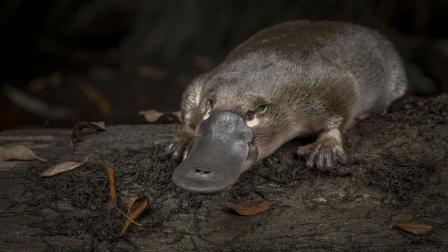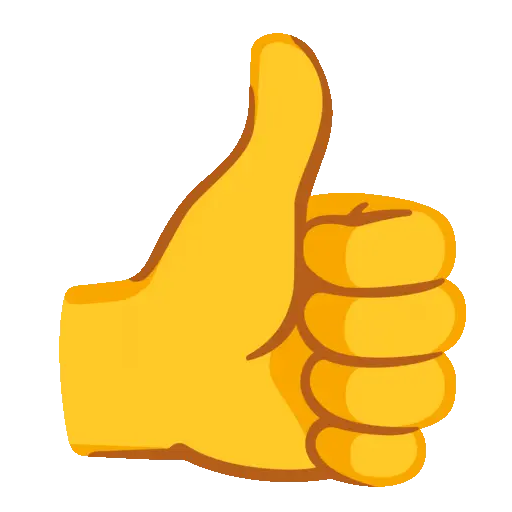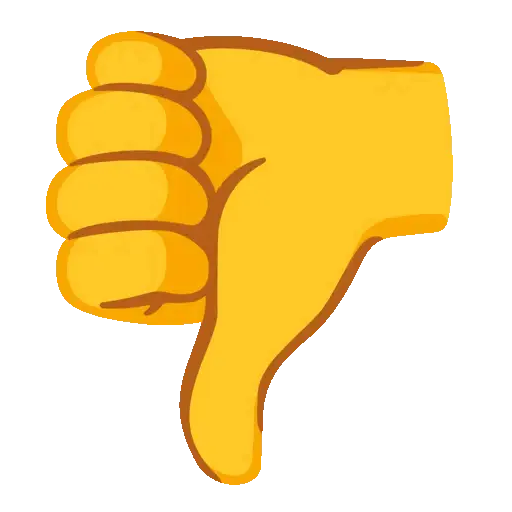When wastewater leaves homes and businesses it is piped to a sewage treatment plant.
There are more than 720 sewage treatment plants across Australia. There are two main treatment plants in Melbourne, the Western Treatment Plant and the Eastern Treatment Plant, which treats over 90% of Melbourne’s sewage.
The treatment of sewage is important; before our sewerage systems (the pipes and treatment plants) were built, people often became very sick due to waterborne diseases from the sewage flowing in streets. When sewage is treated it is called recycled water which is produced across Australia. It is so valuable as it can sometimes be used instead of water from your dams.
Learning outcomes
- Understand the different uses of water and that wastewater can be recycled
- Identify where tap water comes from and know what happens when it goes down the drain
- Know that a safe and secure supply of water; as well as treatment of sewage/ wastewater is important for people and animals
Things to think about
- Where do you think the water in your toilet goes after you flush?
- What would happen if wastewater wasn’t treated?
- What are the benefits of using recycled water?
Activities
Activity 1
Investigate the history of sewage treatment in your town or city. How did new technology like indoor plumbing (toilets) and the building of sewage treatment plants impact people’s lives. Draw a table and describe the differences and similarities between students' daily lives and children in the 1800s.
Activity 2
Find out where your sewage is treated – either your home or school.
- Write down the name of the sewage treatment plant.
- Check if your treatment plant recycles sewage? If yes, list the types of recycled water and where it is used. If not, find the next closest treatment plant that recycles water and complete the activity.
Activity 3
If wastewater is recycled and reused, should it be called wastewater? What else could we call it? Create a poster promoting the use of recycled water.
Teacher toolbox
Download these worksheets and diagrams to use in your classroom.
Victorian Curriculum
Science: VCSSU041, VCSSU046, VCSSU047, VCSSU059, VCSSU062
Geography: VCGGC082
History: VCHHK061, VCHHK065
You may also like...
The Story of Water: The water cycle
Learn about the key processes of the water cycle evaporation, transpiration, condensation, precipitation, infiltration and run-off.
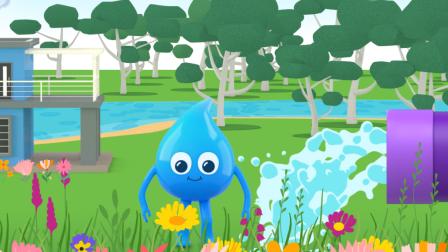
The Story of Water: Water and waterways
A network of stormwater pipes has been built across our cities to remove this excess water when it rains. Learn more.
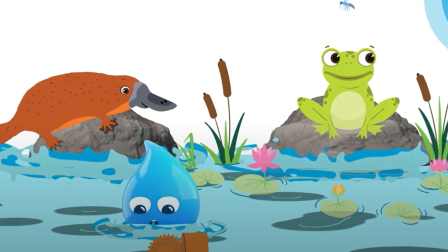
The Story of Water: Water, weather and climate
The amount of water in our environment is influenced by the type of climate. Across Australia, there are six broad climate zones. Climate is the average weather conditions of a place for a long period of time, while weather is the...
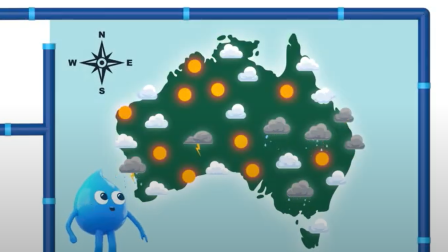
Waterbug monitoring
Waterbugs let us know how healthy our waterways are - and you can too, by monitoring your local macroinvertebrates.
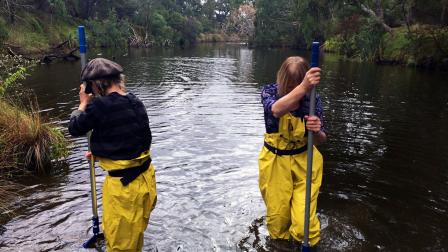
Water quality monitoring
Volunteer as a Waterwatch water quality monitor, and collect data to help your local river or creek.
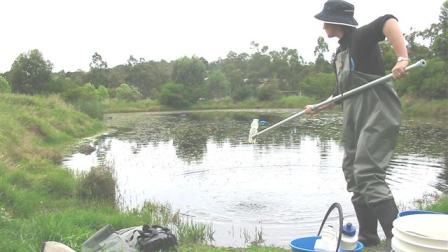
Platypus monitoring
Help us better understand this elusive animal by reporting platypus sightings.
